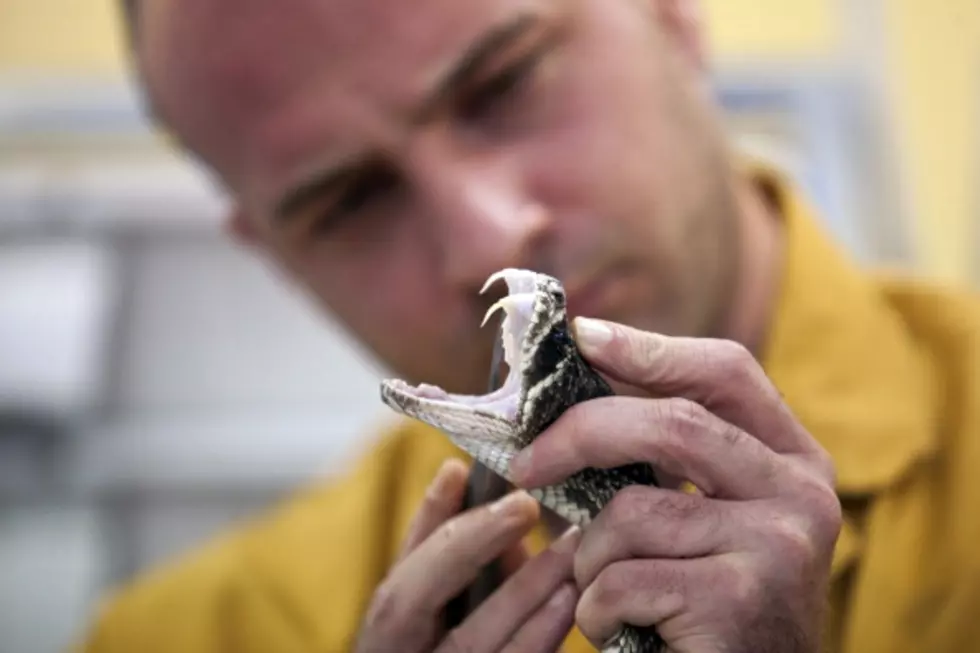
Watch Out For Rattlesnakes: Safety Advice For Spring Hiking
Rattlesnakes Come Out In The Spring - Just Like You
What To Watch For When In Snake Country
Actions To Take If You Are Bitten
Spring is here, which means experienced outdoorsmen and women as well as greenhorns will be ready to head out on the trail for the first hike of the season. Spring means it's time for rattlesnakes to come out of their dens too. Your paths may cross.
It's two names for the same snake. The Northern Pacific Rattlesnake, also known as the Western Rattlesnake, is the only rattlesnake found in the Pacific Northwest sister states. Farther down the coast, California has seven species based on the various habitats of a much larger state. (not counting politicians)
Here is how the pros describe this potentially dangerous snake:
- Northern Pacific Rattlesnakes are medium-sized snakes that are usually around 36 inches long.
- Most are greenish brown or greenish gray with many dark brown blotches, each surrounded by a lighter color, along their back
- They have a flat triangular head and a rattle at the end of their tail
Oregon and Washington Share One Species of Rattlesnake
According to the Washington Department of Fish and Wildlife (WDFW), The Northern Pacific Rattlesnake Is:
common and widespread in eastern Washington
Good to know. Thanks, There goes my new hiking hobby.
So There's A Good Chance There Is A Snake On The Trail. What Do You Do?
Don't freak out but do take it seriously. Rattlesnakes aren't looking for trouble but certainly can provide it if you aren't careful.
- First, back away. Give them space to escape
- Don’t wave things at them
- Don’t try to push them off the trail with a stick – that’s often how people get bitten
- Shouting won’t scare them off either - they don’t have external ears – but you can try stomping - at a safe distance - they'll feel the vibration

I Didn't See It, It Didn't See Me, I Got Bit, Now WHAT!
According to the Washington Poison Center, an average of 15 people get snake bit in Washington and about the same in Oregon. California Poison Control System reports around 300 bites per year.
Back to the bite...
- Stay calm to keep your heart rate as slow as you can.
- Remove rings, watches, or bands that may restrict swelling.
- Get medical attention as soon as possible. Antivenom is very effective.
- Keep the bite about level with your heart.
- Unlike in an old Western movie, Do NOT apply a tourniquet or cut the bite to get the venom out.
- Don’t apply ice or drink alcohol.
Rattlesnake venom can be lethal after several hours, but bites are rarely fatal because antivenom drugs work so well. Happy Hiking.
READ MORE: 10 Best Hikes In Washington State
Which of These 10 Washington State Snakes Are Dangerous?
Gallery Credit: AJ Brewster
7 Beautiful Common Snakes in California
Gallery Credit: Brian Stephenson
More From 610 KONA








